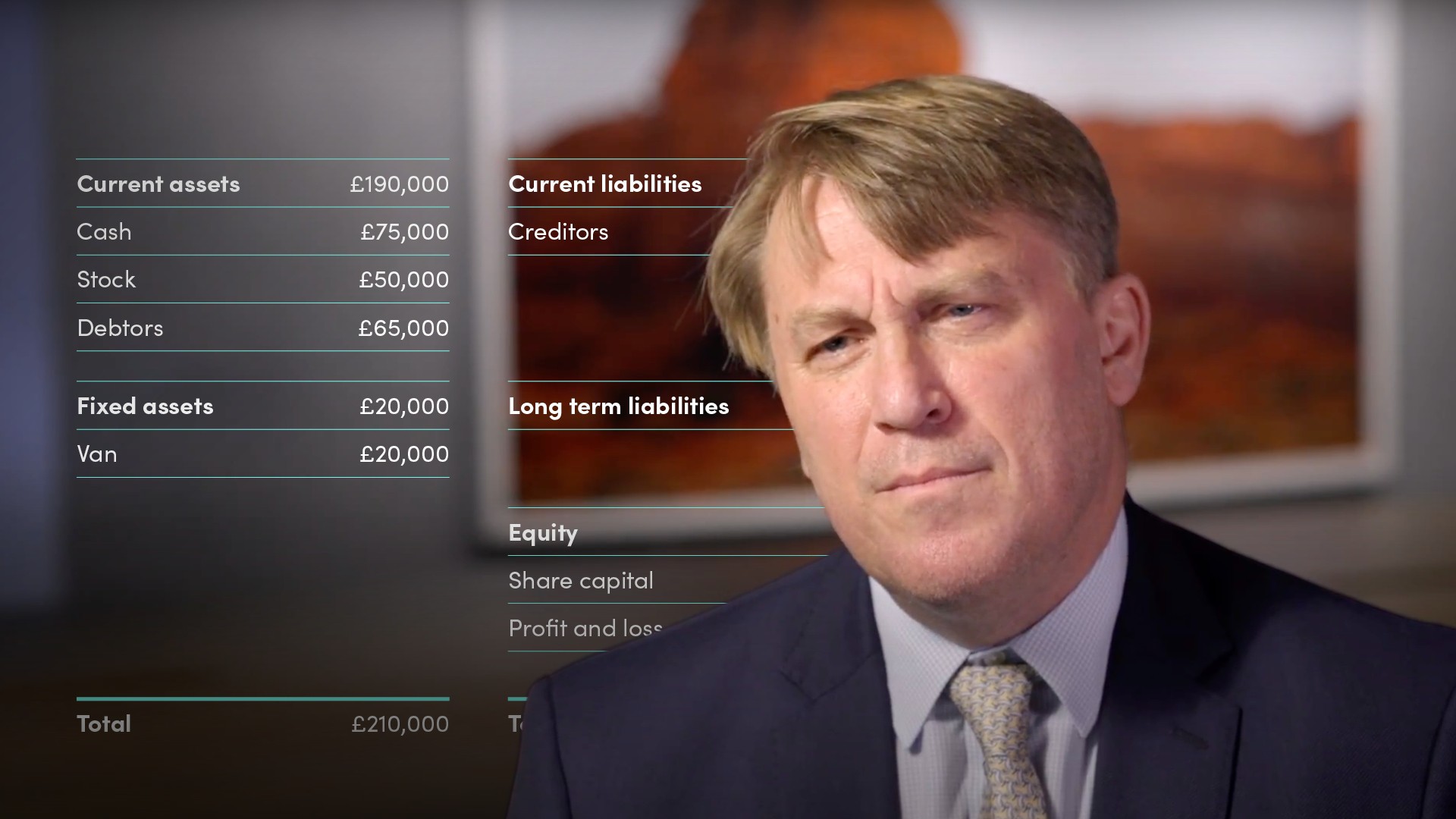
Credit Analysis Illustrated Using Financial Statements I

Nick Beeson
35 years: Credit & banking
In this second video of the series, Nick expands on the previous video by exploring how the accounts - the Balance Sheet, the Profit and Loss and Cashflow - interlink and how transactions ripple through these three accounts.
In this second video of the series, Nick expands on the previous video by exploring how the accounts - the Balance Sheet, the Profit and Loss and Cashflow - interlink and how transactions ripple through these three accounts.
Subscribe to watch
Access this and all of the content on our platform by signing up for a 7-day free trial.

Credit Analysis Illustrated Using Financial Statements I
11 mins 53 secs
Key learning objectives:
Given the contexts, identify the appropriate impacts on the company accounts
Define the Prepayment and Accruals concept, and give an example
Overview:
This essentially provides an insight into the impact of different transactions on a company’s financial statements and how they’re balanced and accounted for in the accounts.
Subscribe to watch
Access this and all of the content on our platform by signing up for a 7-day free trial.
What is the impact of this on its accounts for day 1?
- The current assets – those that can be converted into cash within 1 year is £100,000
- Fixed assets/long-term assets that can’t be turned into cash in 1 year = £0
- Current liabilities – those that have to be paid in cash within 1 year =£0
- Long-term liabilities = £0
- Equity = £100,000 and thus the balance sheet balances with £100,000 on each side
- The P&L = 0 as we assume there is no trading on day 1, and there are no costs incurred
Context 2: On day 2, we buy a delivery van for £20,000 cash, and £50,000 of stock on 60-day credit terms.
What is the impact of this on its accounts for day 2?
- Cash has fallen to £80,000 as we paid £20,000 for the van
- Current liabilities = £50,000 as we have to pay the cash in 60 days’ time
- Fixed assets have risen by £20,000
- Footings have increased to 150,000 and the balance sheet naturally still balances
- The P&L for the 2-day period is still = 0 and there has been no trading and no costs
Context 3: The company starts trading on day 3 – The company sells £50,000 of stock for £65,000 but incurs £5,000 of cash costs. The sale is on 75-day credit terms. It replaces the stock it has sold and buys £50,000 of stock as before on 60-day credit terms.
What is the impact of this on its accounts for day 3?
- Cash has fallen to £75,000 due to the £5k in cash expenses
- Stock stays the same as we sold £50k and bought £50k
- Current assets – the people that owe the company money for the sale = £65,000
- Current liabilities = £100,000 as we now owe £50k in 59 days and £50k in 60 days.
- Fixed assets remain unchanged
- Equity has risen by £10,000
- Gross profit = £15k (65,000-50,000), and footings have increased to £210,000
What is the Prepayment and Accruals Concept?
Prepayment & Accruals Concept - Applying the income and costs of a transaction to the time period in which they are incurred, not the time period in which they are paid.
In the case above, the sale of the stock happens on day 3 even if the customer is only going to pay for it on day 78. As we have bought it on day 2 for £50k, we have made a £15k profit on day 3 when the stock is sold and that is recognised in the accounts on day 3.
Subscribe to watch
Access this and all of the content on our platform by signing up for a 7-day free trial.

Nick Beeson
There are no available Videos from "Nick Beeson"



























